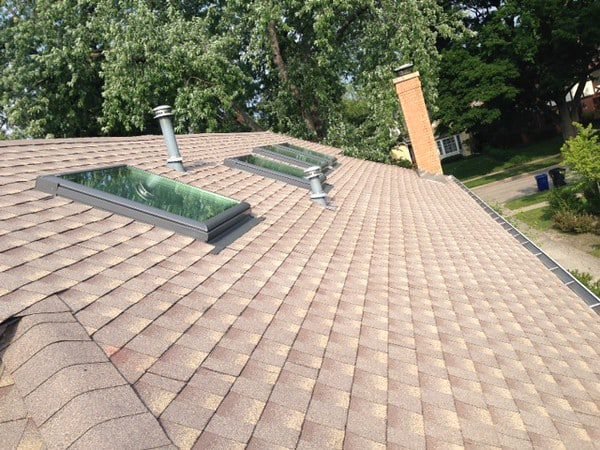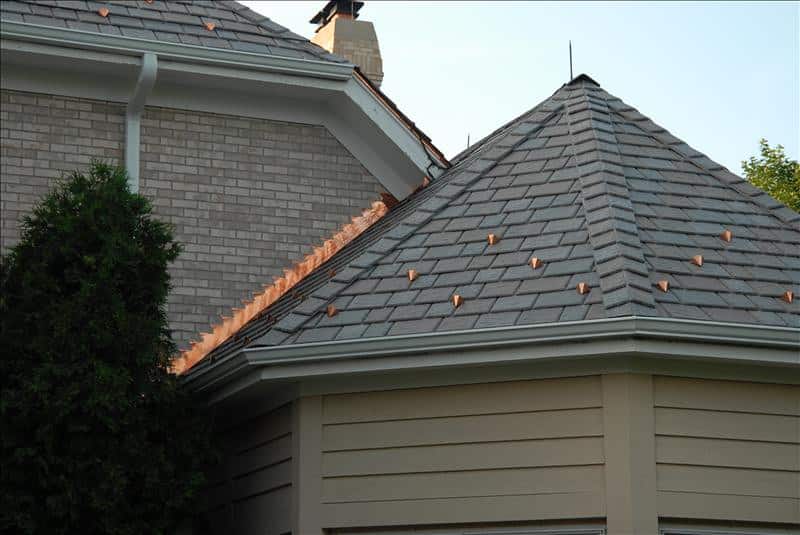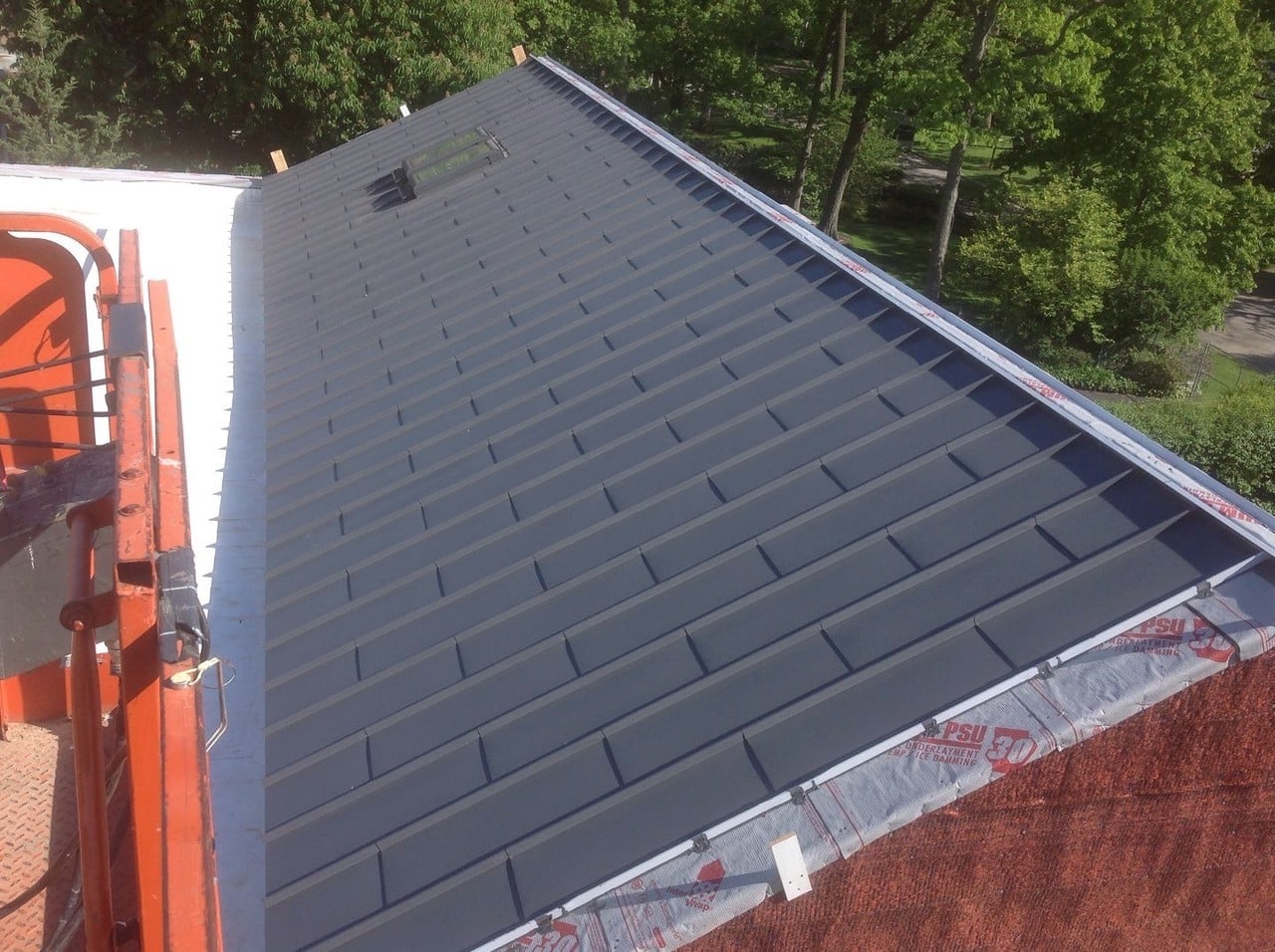Best Types of Roofing Materials For Roof Replacement
Roof replacement is often a stressful situation for homeowners. Your roof is one of the most important parts of your home’s safety, structural integrity, and curb appeal. This makes picking among the various roofing materials a weighty decision. Some homeowners put off roof replacement for as long as possible, but this can have serious consequences. And if your roof is already leaking or showing signs of rot, delaying roof replacement may not even be possible. Waiting too long can lead to serious water damage, expenses, and added stress.
Thankfully, there is no shortage of quality roofing materials to pick from for a roof replacement. In this guide, we will walk you through a few of the most popular roofing materials on the market.
Calculating Costs
Roofing materials are sold by either squares or 100 sq. ft. areas. To get a rough calculation of the cost, you need to know your supplier’s prices for different roofing materials. Multiply the length and width of individual roofing sections in feet to get its area and add 10 percent to account for potential waste material. Divide by 100 to get how many squares you will need to complete the job. A normal 2,300 sq. ft. house takes roughly 30 squares. For a home this size, there can also be anywhere from $3,500 to $10,000 in labor costs. Plus, you should keep some extra shingles in case you need them for minor repairs after inclement weather.
Asphalt Roofing Materials

Asphalt shingles are the tried and true option for American homeowners and have been for quite some time. Asphalt shingles are made using sandwiched fiberglass between ceramic and asphalt. They are lighter than other roofing materials and simple to install. They also last longer than in previous years, with some shingles holding 30- or even 50-year warranties. However, asphalt shingles can be more vulnerable to wind damage than some alternatives.
There are two kinds of asphalt shingles: architectural and three-tab. Architectural shingles are layered to mimic the look of wood shakes or slate. Three-tab shingles are a single layer and are thinner than architectural shingles. They are similarly priced but do not hold up as well over time. Architectural shingles are becoming more popular as their prices continue to drop.
Fake (Synthetic) Slate Roofing Materials

Fake slate shingles are made using composite materials to mimic the look of real slate. The illusion holds up even when very close to the shingles. Fortunately, fake slate weighs almost as little as asphalt, meaning it does not pose the structural problems slate roofing’s weight can. Fake slate shingles can be made of clay, plastic, rubber, and even asphalt. However, keep in mind that fake slate is slicker than real slate. That means you should consider installing snow guards depending on your climate and exercise caution if navigating on your roof. Fake slate can be a bit pricier than asphalt but costs nowhere near as much as the real thing.
Metal Roofing Materials

Metal roofing is available in copper, aluminum, steel, and alloy strips. It comes in a number of shapes, textures, and colors. Copper tends to be the most expensive of materials. It also has the longest potential life span, with some copper roofs lasting more than a century. Copper also develops a green tint over time that many people find appealing. Metal roofing materials are easy to install and weigh about half what asphalt does. Metal roofing is also fire-resistant. Metal roofing is generally textured to help prevent and mask small dents, and it is manufactured to reflect the sun’s light to reduce your home’s temperature. However, it can be a bit noisy during rainstorms. It should also only be installed by professionals.



